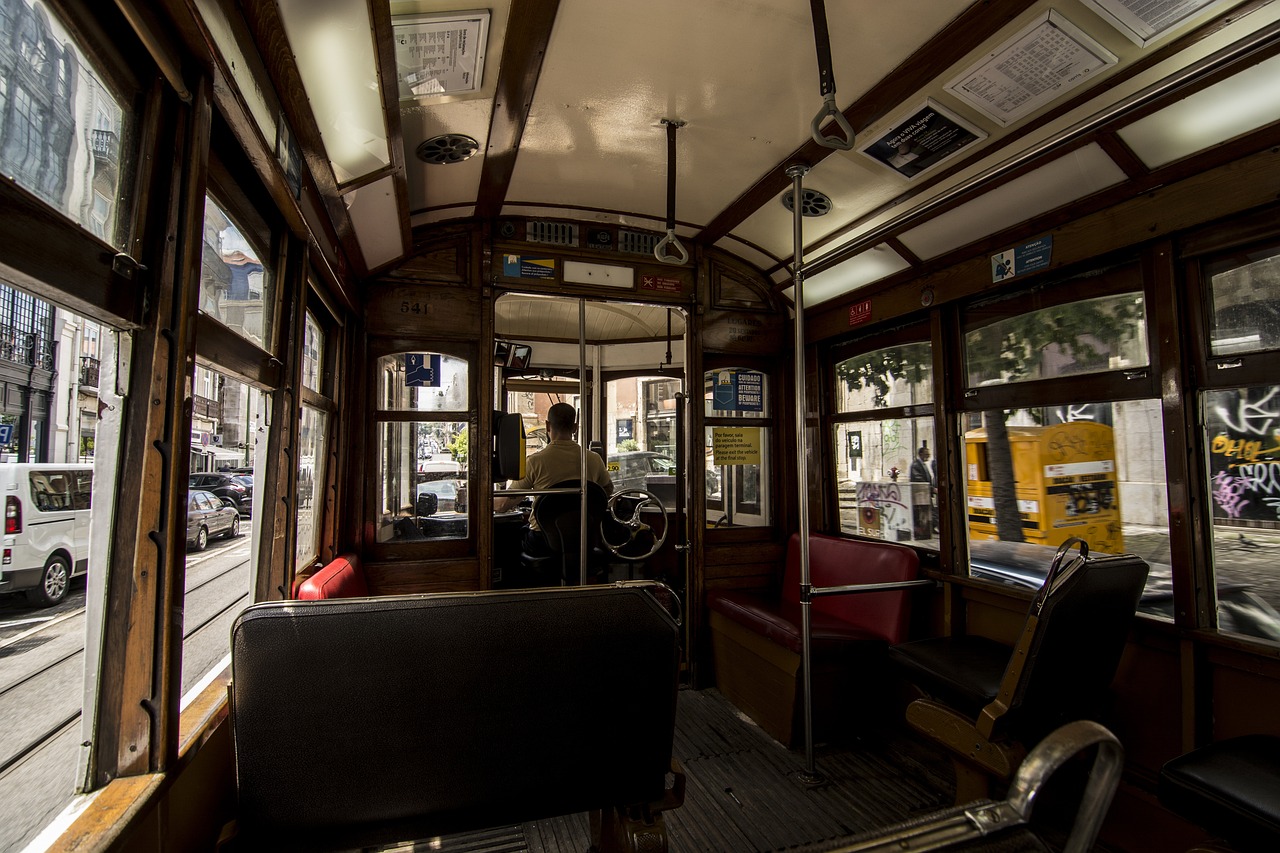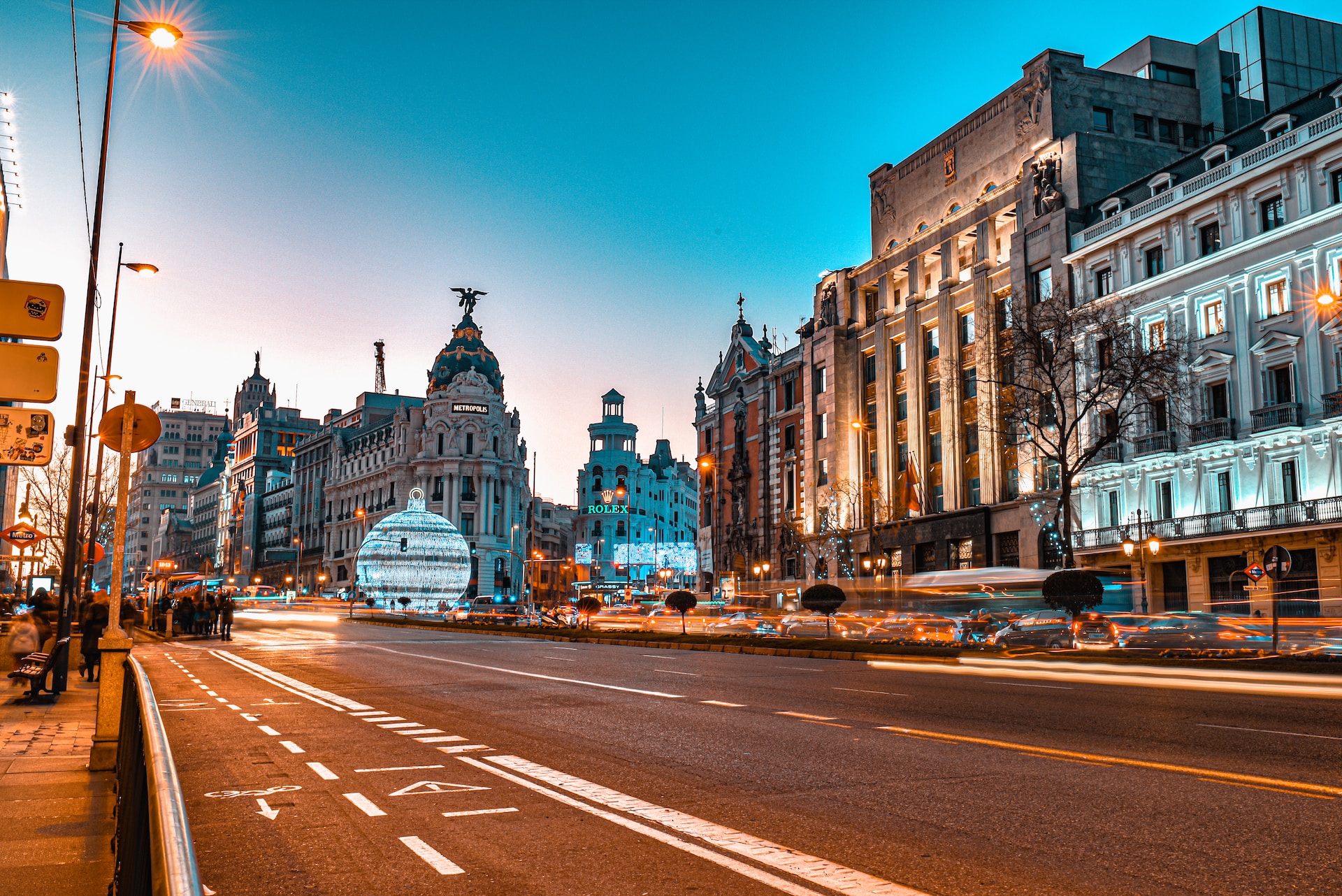Transportation in Los Angeles is a complex and multifaceted issue that affects residents, visitors, and businesses alike, with the city’s sprawling layout, heavy traffic, and diverse population all playing a role in shaping the transportation landscape. The city is served by several major airports, including Los Angeles International Airport (LAX) which is the primary airport for the region and the second busiest airport in the United States, and Bob Hope Airport (BUR), which serves the San Fernando Valley, however, getting to Los Angeles from other major cities in the country can also be accomplished by train or car, with Amtrak and Metrolink providing rail service to the city and major highways such as the I-5, I-10, and I-110 providing car access. Once in the city, visitors and residents have a variety of options for getting around, including buses, light rail, and subways operated by the Los Angeles County Metropolitan Transportation Authority (Metro), as well as ride-sharing services like Uber and Lyft, and traditional taxi companies.
One of the most popular ways to get around Los Angeles is by car, with the city’s vast network of highways and surface streets making it relatively easy to travel to most parts of the city. However, the abundance of cars on the road also leads to heavy traffic and long commute times, particularly during peak hours. The city’s car culture has also contributed to air pollution and other environmental concerns. To address these issues, the city has implemented a number of transportation initiatives, including the expansion of public transit options, the promotion of biking and walking, and the development of new technologies such as electric and autonomous vehicles.
Public transit in Los Angeles is operated by Metro, which provides bus and rail service throughout the city and surrounding counties. The system includes six metro rail lines, which serve downtown Los Angeles and other major destinations, and over 200 bus lines, which connect to the rail lines and serve more remote areas of the city. The system is relatively affordable, with fares starting at $1.75 for a one-way trip, and offers a number of discounts and pass options for frequent riders. However, the system can be difficult to navigate for first-time users, and some areas of the city are not well-served by public transit.
Another popular transportation option in Los Angeles is ride-sharing, with companies like Uber and Lyft providing a convenient and relatively affordable way to get around the city. These services allow users to quickly and easily hail a ride using a smartphone app, and can be especially useful for short trips or late-night travel. However, ride-sharing companies have also faced criticism for their impact on traffic and the displacement of traditional taxi companies.
In addition to cars and public transit, Los Angeles also offers a number of other transportation options, including biking and walking. The city has a growing network of bike lanes and bike-sharing programs, and is working to make the streets safer for pedestrians through initiatives like Vision Zero, which aims to reduce traffic fatalities and injuries. The city also has a number of bike rental services, which make it easy for visitors to explore the city on two wheels.
Overall, transportation in Los Angeles is a challenging issue, with a wide range of factors to consider, including cost, convenience, and safety. While the city offers a variety of options for getting around, from cars and public transit to biking and walking, there is still much work to be done to improve the transportation landscape for all residents and visitors.



